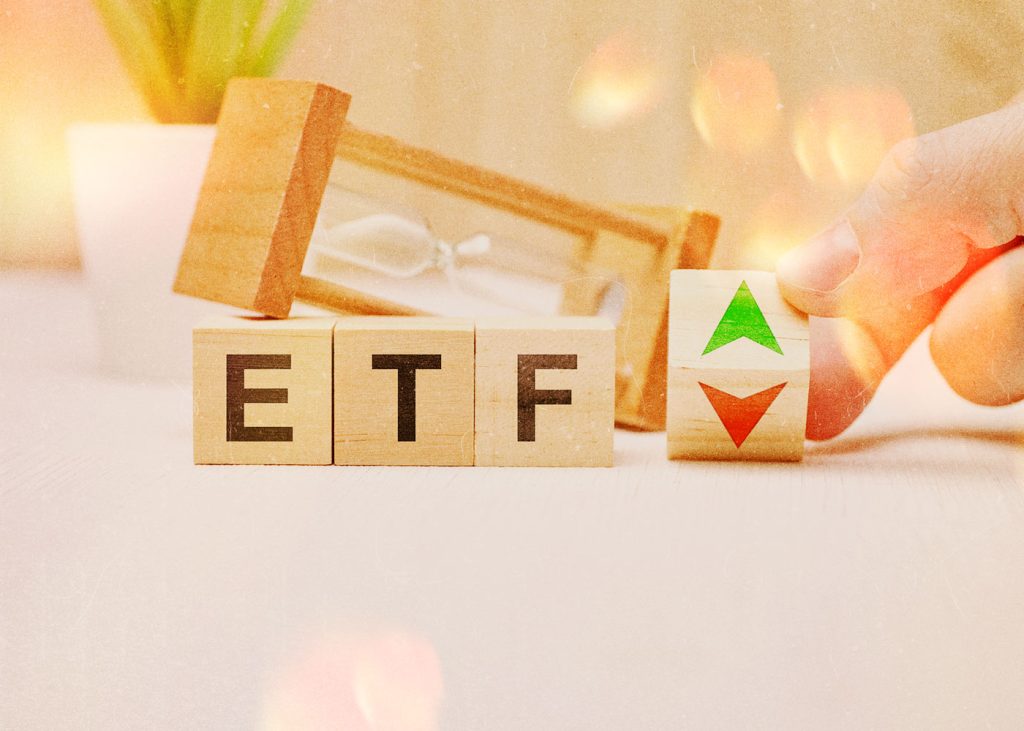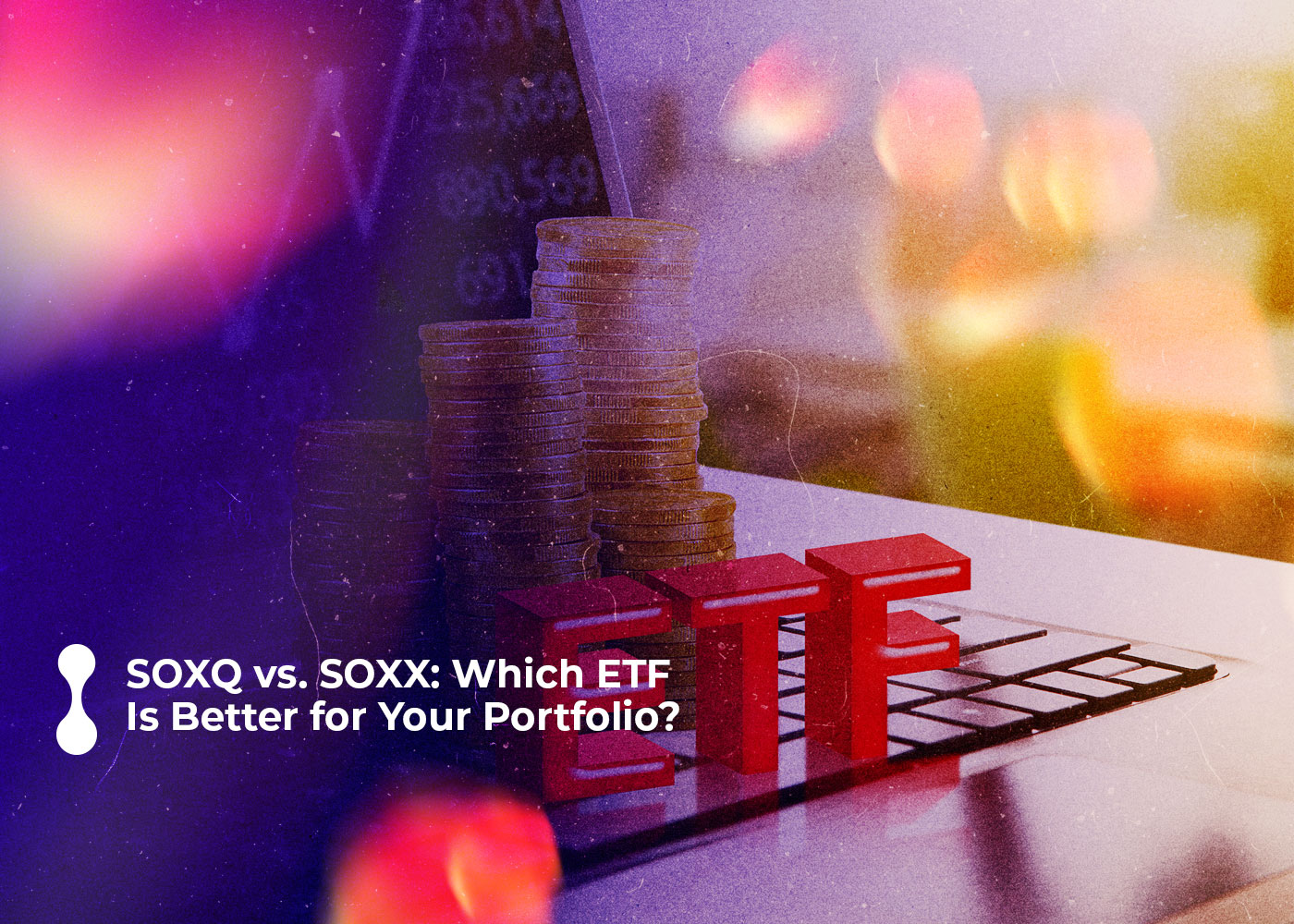Investing in ETFs can be a great way to diversify your portfolio and gain exposure to different asset classes. But choosing the right ETF for your specific needs isn’t always easy — especially when looking at funds like SOXQ and SOXX, which have similar investment objectives but significantly varying results. In this blog post, we’ll compare these two popular ETFs to help you decide which is better for your portfolio. We’ll look at their differences in expense ratios, holdings, performance over time, and more so that you can make an informed decision about incorporating either of them into your financial strategy.
SOXQ vs. SOXX: What Are They?
Here are some more details about SOXQ and SOXX:
SOXQ:
The PHLX Semiconductor Sector Index (SOX) is the go-to stock index for semiconductor companies. This market-cap weighted, NASDAQ-managed portfolio consists of 30 giants in the US equity market, such as Intel, Nvidia, and Qualcomm. Investing in SOXQ gives investors access to a broad array of established firms within the tech industry; it is arguably one of the most reliable investments!
SOXX:
SOXX has the same underlying index – PHLX Semiconductor Sector Index – as SOXQ, but with a portfolio of about 30 companies. Some of its top holdings include Taiwan Semiconductor Manufacturing Co., Nvidia Corporation, and Intel. With an impressive array of semiconductor giants in their fold, investors can benefit from diversified exposure to this segment by investing in SOXX ETFs.

Which Is Better: What Are the Differences Between SOXQ and SOXX?
The number of holdings:
With almost twice as many holdings as SOXQ, SOXX provides a far more diversified approach when investing in the semiconductor industry. As of April 2023, SOXX is tracking around 30 companies, while its counterpart holds only 15. Consequently, investors have greater assurance that their funds are spread across multiple stocks and will yield bigger returns over time.
Expense ratio:
When considering which ETF to invest in, one of the key metrics investors should look at is the expense ratio. SOXQ stands out as a more cost-effective option when compared to its rival SOXX; with an annual fee 0.19% lower than that of SOXX (at 0.35%), it could potentially offer higher returns over time due to fewer expenses incurred by investors! As of April 2023, this difference has been noted and can be considered for wiser investing decisions.
Performance:
SOXX has demonstrated a higher return than SOXQ in the past several years. However, this is not an assurance of future results. As April 2023 arrives, we see that there is presently a greater year-to-date return with SOXQ than SOXQ; yet all of this can be subject to change depending on fluctuating market conditions and other elements. Therefore it is suggested that investors perform their research and evaluation to determine which ETF would satisfy their investment objectives best.
Selection methodology:
SOXQ is populated with companies based on their market capitalization. However, SOXX considers both liquidity and market capitalization when selecting its holdings. This can be advantageous as it may provide wider access to rapidly expanding semiconductor enterprises that could otherwise remain excluded from the former selection process.
Key Factors to Consider When Choosing Between SOXQ and SOXX:
When choosing between SOXQ and SOXX, there are several key factors to consider, including:
- Investment objectives: Before investing your hard-earned money, ask yourself if you’re aiming for a long or short-term return. If it’s the former, then an ETF with lower fees would be ideal.
- Risk tolerance: As you contemplate your risk tolerance, consider the degree of risk related to each ETF. Both SOXQ and SOXX reflect the semiconductor industry, which can be unpredictable sometimes. Nevertheless, since it has a larger portfolio than SOXQ, SOXX could provide better diversification across its respective sector.
- Expense ratio: Before investing, be sure to evaluate the cost-effectiveness of each ETF. Investing in SOXQ may prove more beneficial for some individuals due to its lower expense ratio than that of SOXX.
- Performance: Reflect on the past performance of each ETF and how it reacted to varying market conditions. While past results can’t guarantee future success, they offer insight into what may transpire in the days ahead.
- Holdings: When selecting an ETF, it is important to consider each ETF’s holdings and determine if they fit with your investment goals. In this case, both ETFs track the PHLX Semiconductor Sector Index; however, SOXX has a more extensive collection of holdings which may result in greater diversification across the semiconductor sector.
- Liquidity: When you’re evaluating ETFs, think about the liquidity of each one and analyze how easy it is to purchase and trade shares. Both ETFs are extremely liquid, but SOXX may be more so because of its larger portfolio.
Final Verdict:
Ultimately, SOXQ and SOXX are exchange-traded funds (ETFs) that trace the performance of semiconductor companies in America. Although both ETFs follow along with the PHLX Semiconductor Sector Index, they still present a few notable distinctions, including their number of holdings, expense ratio, overall performance, and selection process. When selecting between SOXQ and SOXX, it is essential to factor in your investment goals, risk appetite, fee ratio, past performance data, holdings & liquidity. Ultimately, picking an ETF that most closely fits your financial plans and risk tolerance should be the deciding factor.
